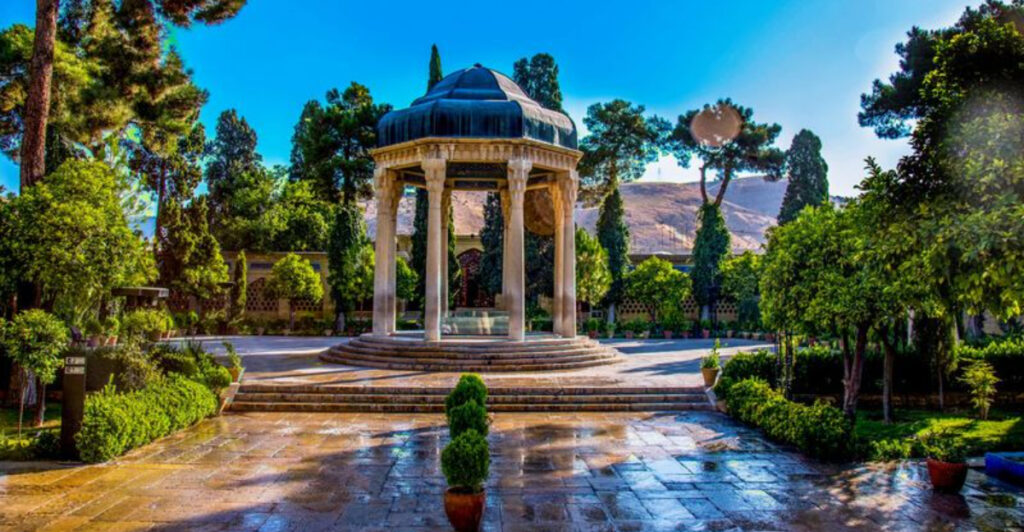While millions flock to Tokyo, Bangkok, and Singapore, Asia’s greatest treasures often remain hidden in plain sight.
Ancient cities whisper stories of forgotten empires, sacred temples hold centuries-old mysteries, and traditional ways of life continue unchanged in remote corners of the continent.
These remarkable places offer authentic cultural experiences without the crowds, where every stone tells a story and every street holds secrets waiting to be discovered.
1. Luang Prabang, Laos – The Golden City of Temples
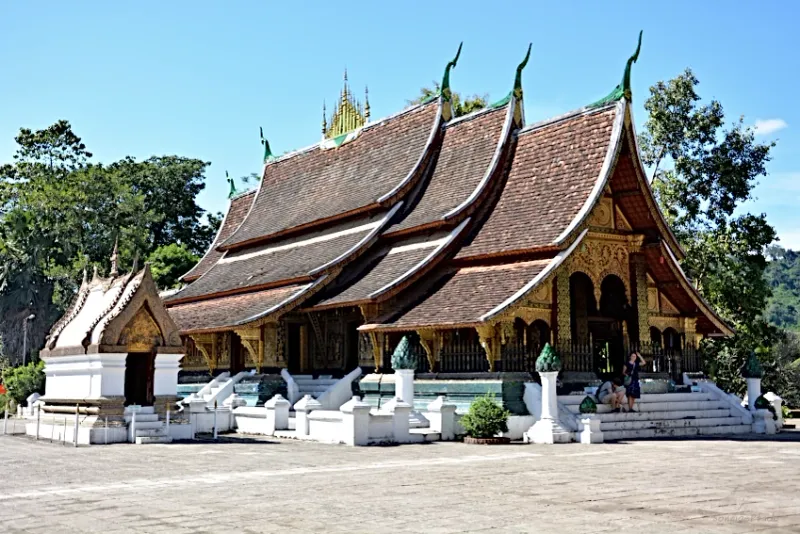
Morning mist drifts over the Mekong River as saffron-robed monks collect alms in this UNESCO World Heritage city. French colonial buildings stand alongside glittering Buddhist temples, creating a unique architectural blend that tells the story of Laos’ complex history.
Wat Xieng Thong temple showcases intricate mosaics and traditional Lao craftsmanship dating back to 1560. The Royal Palace Museum reveals secrets of the Lao monarchy, while Kuang Si Falls offers a refreshing escape into nature.
Local night markets serve authentic Lao cuisine, and traditional weaving villages preserve ancient textile techniques passed down through generations.
2. Gyeongju, South Korea – Korea’s Ancient Capital
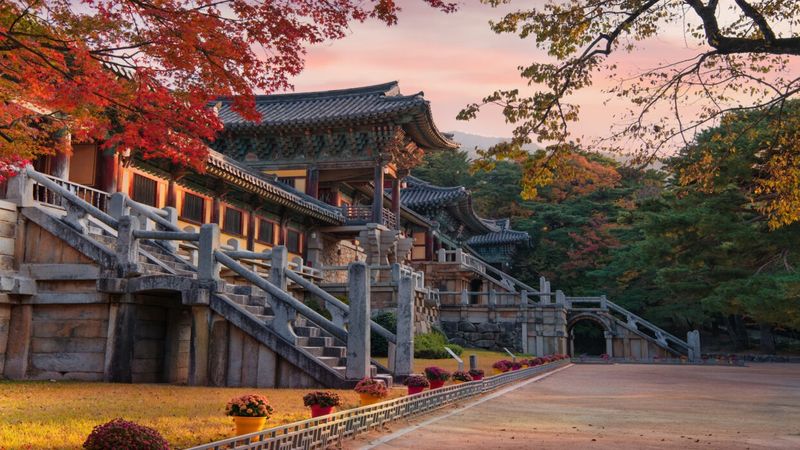
Once the heart of the mighty Silla Kingdom, Gyeongju earned the nickname “museum without walls” for good reason. Grass-covered burial mounds dot the landscape like ancient sleeping giants, hiding royal treasures and thousand-year-old secrets.
Bulguksa Temple represents the pinnacle of Buddhist art and architecture, while nearby Seokguram Grotto houses a stunning stone Buddha overlooking the East Sea. The Cheomseongdae observatory, built in 647 AD, stands as one of Asia’s oldest astronomical structures.
Traditional hanok villages offer homestay experiences, and local markets serve centuries-old recipes that once graced royal tables during the golden age of Korean civilization.
3. Bhaktapur, Nepal – Living Medieval City
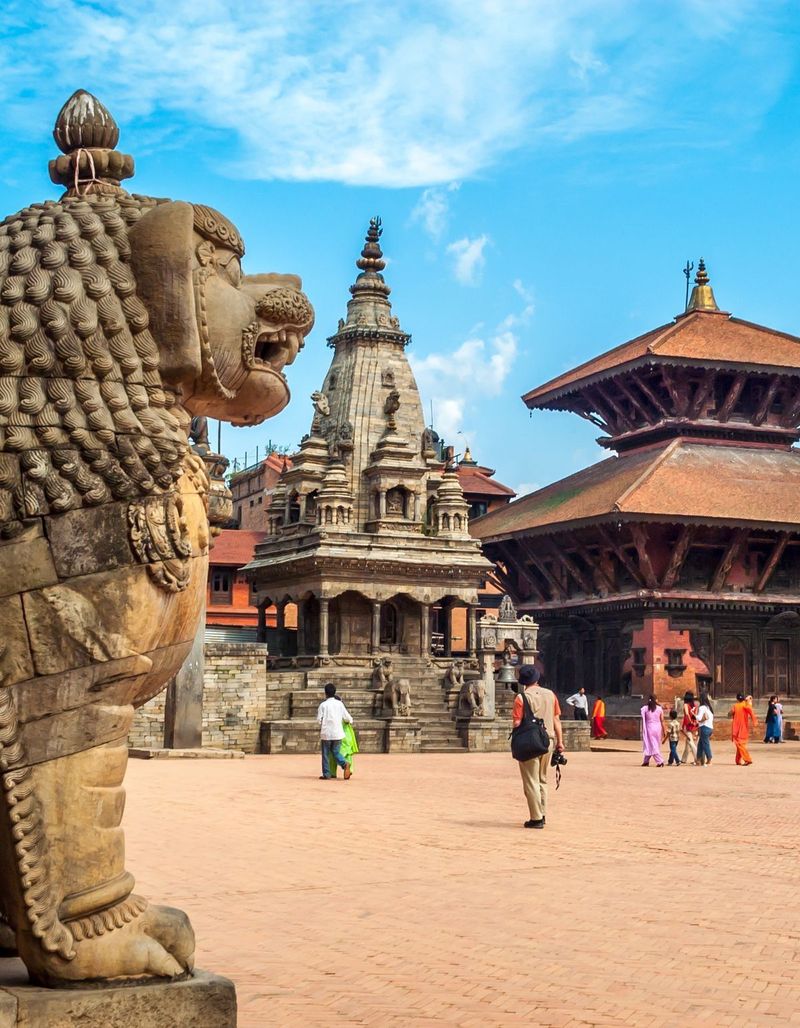
Step through Bhaktapur’s gates and travel back to medieval times, where pottery wheels spin as they have for centuries and wood carvers create masterpieces using techniques unchanged since the 12th century. This former royal capital preserves Newari culture in its purest form.
Durbar Square showcases palaces and temples that survived devastating earthquakes, each telling stories of powerful Malla kings. The 55-Window Palace demonstrates incredible craftsmanship without using a single nail in its construction.
Traditional yogurt called “juju dhau” originated here, and local festivals bring ancient Hindu and Buddhist traditions to life with colorful processions and sacred rituals.
4. Hoi An, Vietnam – Silk Road Trading Post
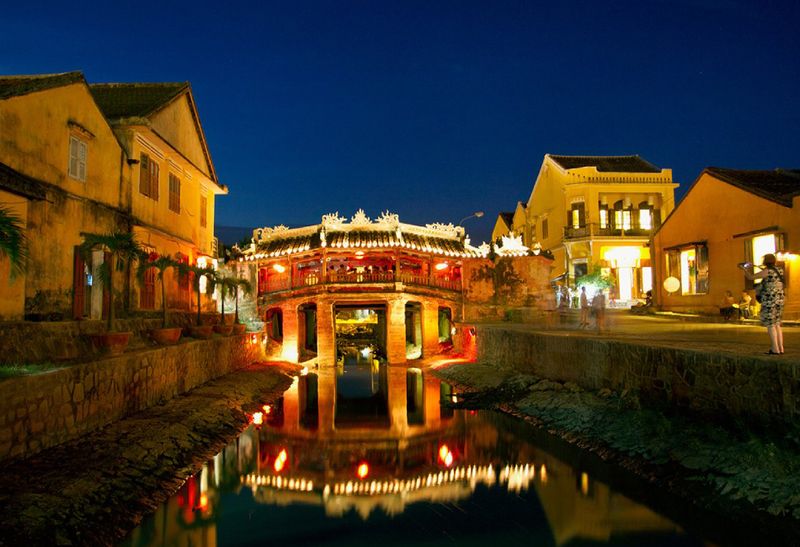
Lanterns illuminate narrow streets where Japanese merchants, Chinese traders, and Vietnamese locals once conducted business along ancient trade routes. This UNESCO site preserves 400-year-old architecture that tells the story of maritime commerce in Southeast Asia.
The Japanese Covered Bridge symbolizes the town’s multicultural heritage, while traditional shophouses display influences from China, Japan, and France. Ancient clan halls serve as community centers where overseas Chinese families maintained their cultural identity.
Tailor shops continue centuries-old silk trading traditions, and cooking classes reveal family recipes passed down through generations of merchants who made Hoi An their home along the historic Silk Road.
5. Mrauk U, Myanmar – Lost Temple Kingdom
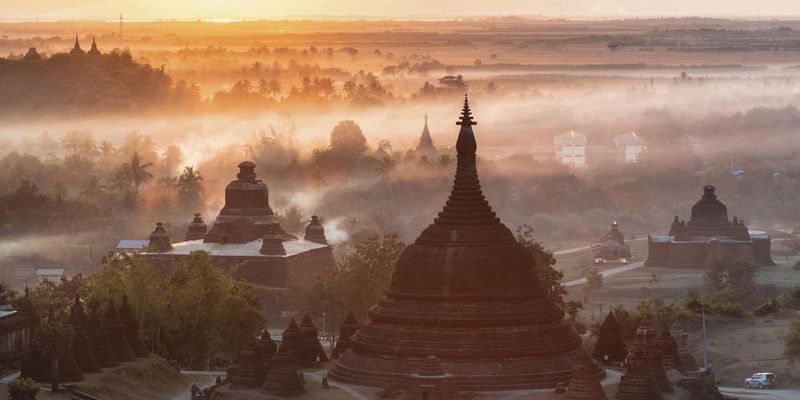
Hidden in Myanmar’s remote Rakhine State, thousands of pagodas rise from misty hills like a forgotten Bagan. This archaeological wonder once ruled a maritime empire that controlled trade routes between India and Southeast Asia for over 350 years.
Shitthaung Temple houses 80,000 Buddha images in labyrinthine passages, while Koe-thaung Temple contains even more sacred statues. Stone inscriptions reveal the kingdom’s connections to Portuguese traders and Mughal India.
Local Rakhine people maintain traditional crafts including metalwork and weaving, and boat trips along ancient waterways reveal how this powerful kingdom controlled regional commerce through strategic positioning along major trade routes.
6. Nara, Japan – Deer Park Capital
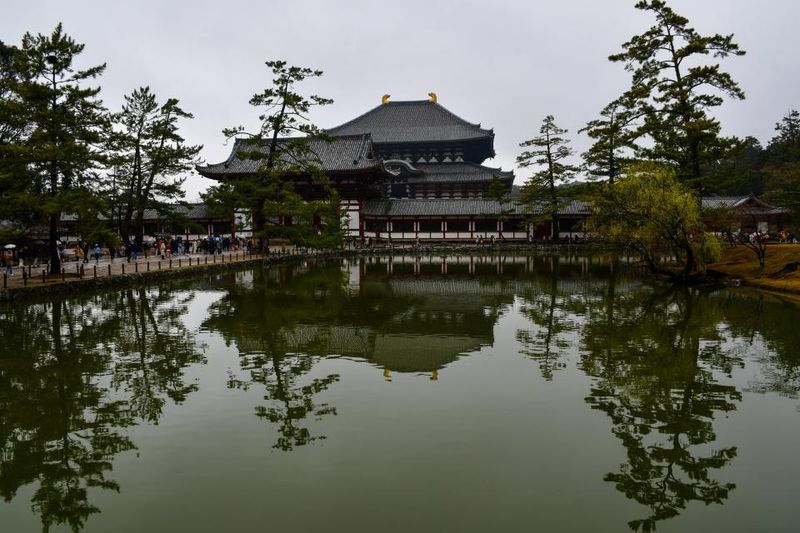
Sacred deer roam freely through Japan’s first permanent capital, where they’re considered messengers of the gods. These gentle creatures bow for crackers while ancient temples and shrines create a magical atmosphere unchanged since the 8th century.
Todaiji Temple houses one of Japan’s largest bronze Buddha statues, while Kasuga Taisha shrine features thousands of stone and bronze lanterns donated over centuries. The Shosoin Repository preserves Silk Road treasures that traveled from as far as Persia.
Traditional kaiseki cuisine originated in Nara’s Buddhist temples, and local sake breweries continue methods developed when this city served as the center of Japanese civilization and Buddhist learning.
7. Kandy, Sri Lanka – Sacred Tooth Temple
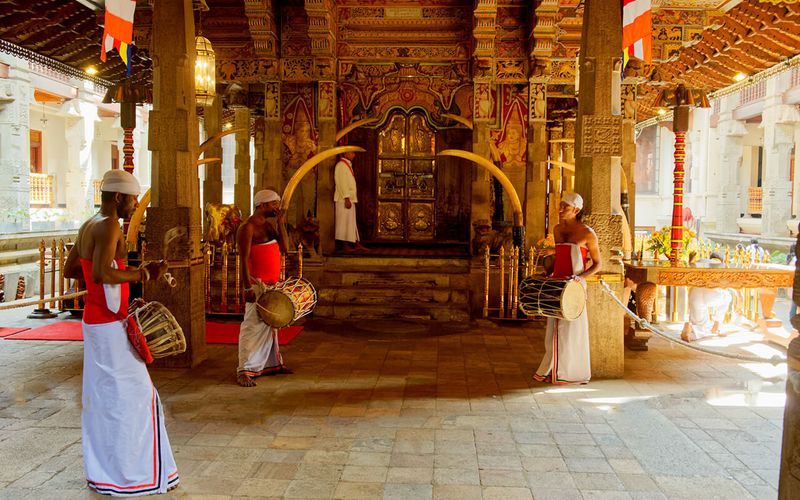
Drummers announce evening prayers at the Temple of the Sacred Tooth, where Sri Lanka’s most precious relic draws pilgrims from across the Buddhist world. This hill capital served as the last kingdom to resist European colonization, preserving Sinhalese culture and traditions.
The Dalada Maligawa temple complex showcases traditional Kandyan architecture, while the Royal Botanical Gardens display tropical plants collected during centuries of trade. Ancient irrigation systems still water terraced gardens created for royal pleasure.
Traditional Kandyan dancers perform at cultural shows, and local spice gardens grow cinnamon, cardamom, and pepper that once made Sri Lanka the center of the global spice trade.
8. Tainan, Taiwan – Former Island Capital

Taiwan’s oldest city whispers stories of Dutch colonizers, Chinese immigrants, and Japanese rulers through its maze of narrow alleys and traditional temples. Ancient shrines dedicated to Mazu, the sea goddess, reveal the island’s deep maritime heritage and fishing culture.
Confucius Temple, built in 1665, represents Taiwan’s oldest educational institution and showcases traditional Chinese architecture. Historic districts preserve Qing Dynasty buildings alongside Japanese colonial structures.
Night markets serve traditional Taiwanese snacks with recipes dating back centuries, and traditional medicine shops continue practices brought by early Chinese settlers who made this port city their new home.
9. Bukhara, Uzbekistan – Silk Road Jewel
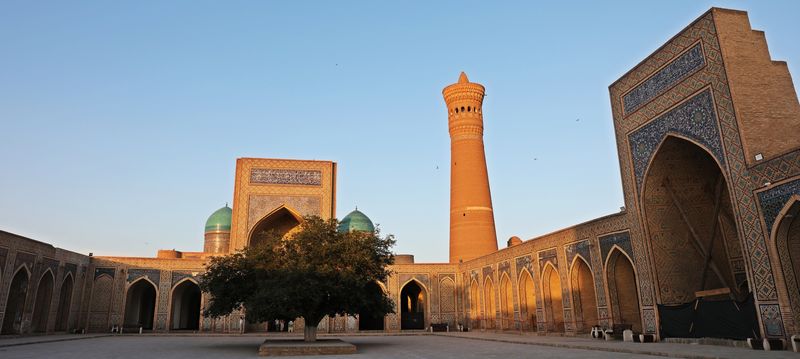
Merchants once gathered in covered bazaars where the aroma of spices mixed with the sound of haggling in dozens of languages. This Silk Road city preserves Islamic architecture and trading traditions that connected East and West for over a millennium.
The Ark fortress served as home to Bukhara’s rulers for centuries, while the Kalyan Minaret guided caravans across desert sands. Madrasas display intricate tilework and geometric patterns that influenced Islamic art across Central Asia.
Traditional carpet weaving continues in family workshops, and local cooks prepare plov and samsa using recipes perfected by generations of merchants who made Bukhara a crossroads of world commerce.
10. Leh, India – Little Tibet
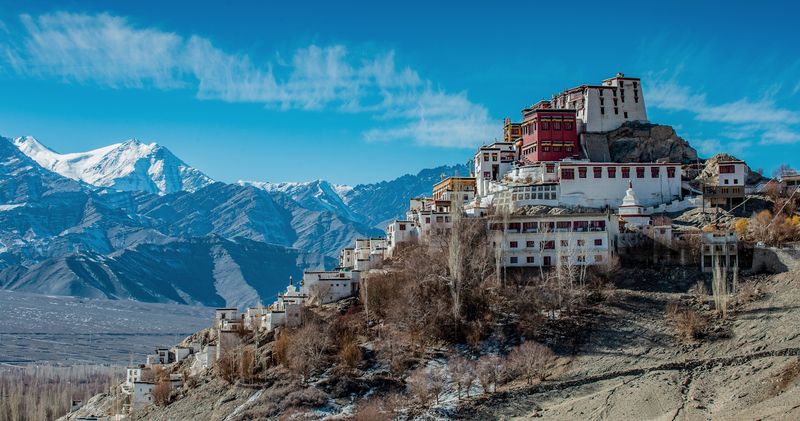
Prayer flags flutter against snow-capped peaks in this high-altitude desert where Tibetan Buddhism thrives despite political changes across the border. Ancient monasteries perch on clifftops like eagles’ nests, preserving thousand-year-old traditions and sacred texts.
Thiksey Monastery houses a massive Buddha statue and rare manuscripts, while Hemis Monastery hosts colorful festivals featuring masked dances. The Royal Palace ruins overlook the Indus Valley, revealing Ladakh’s strategic importance on ancient trade routes.
Local families practice traditional agriculture using glacier melt irrigation, and homestays offer authentic Ladakhi cuisine including butter tea and barley-based dishes that sustain life in this harsh mountain environment.
11. Yazd, Iran – City of Fire Temples
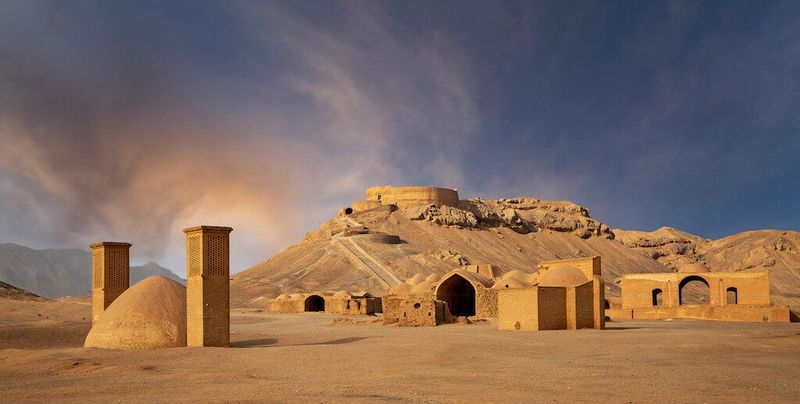
Wind towers rise above mud-brick houses in this desert city where Zoroastrians have maintained sacred fires for over 1,500 years. Ancient Persian architecture demonstrates ingenious cooling systems that made life possible in one of the world’s hottest climates.
The Fire Temple houses flames that have burned continuously since 470 AD, while Towers of Silence reveal Zoroastrian burial practices. Traditional qanats (underground channels) still provide water using engineering techniques developed centuries ago.
Local confectioners create traditional sweets using rosewater and pistachios, and carpet workshops continue weaving patterns that decorated Persian palaces when Yazd served as a major stop on caravan routes.
12. Battambang, Cambodia – Rice Bowl Province
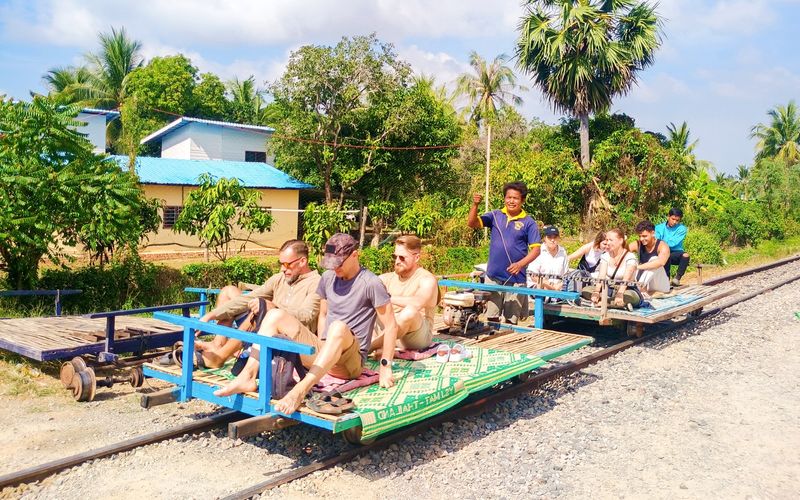
French colonial buildings line quiet streets where the pace of life follows ancient rhythms of rice planting and harvest. This provincial capital showcases Cambodia’s agricultural heritage and preserves traditional arts that survived decades of conflict and change.
Phnom Sampeau caves hide dark histories alongside Buddhist shrines, while the famous bamboo train offers unique transportation through rice paddies. Ancient Khmer temples dot the countryside, predating even the mighty Angkor complex.
Traditional shadow puppet shows entertain villages as they have for centuries, and local markets sell exotic fruits and vegetables grown using farming methods passed down through generations of Khmer families.
13. Shiraz, Iran – City of Poets and Gardens
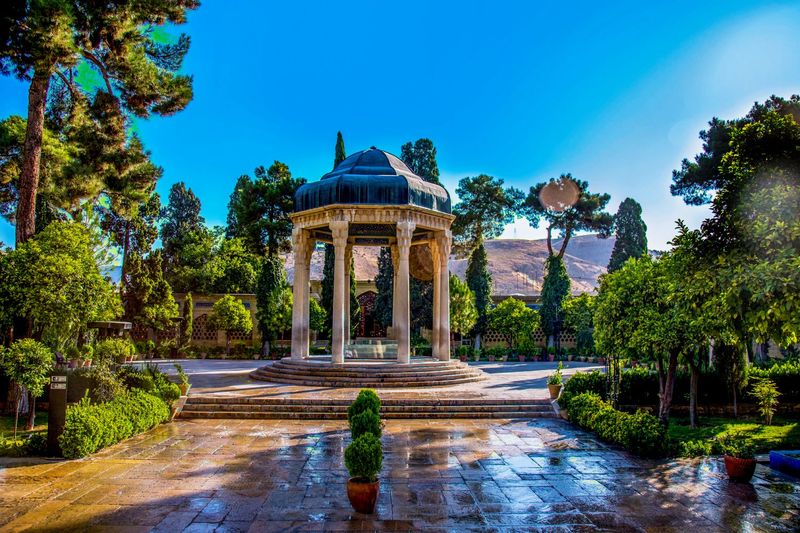
Nightingales sing in Persian gardens where poets once composed verses that still move hearts across the world. This cultural capital celebrates the legacy of Hafez and Saadi, whose tombs draw pilgrims seeking wisdom and inspiration from medieval masters.
Nasir al-Mulk Mosque creates rainbow light shows through stained glass windows, while Eram Garden showcases traditional Persian landscape design. The Pink Mosque demonstrates Islamic architecture at its most beautiful and spiritually uplifting.
Local artisans create traditional handicrafts including marquetry and carpet weaving, and nearby Persepolis ruins reveal the glory of ancient Persian empires that once ruled from India to Greece.
14. Ayutthaya, Thailand – Ruined Royal Capital
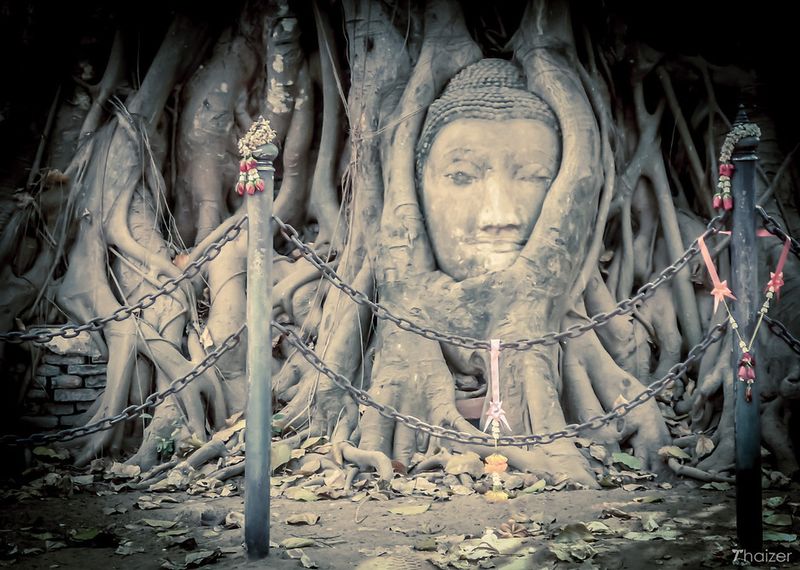
Headless Buddha statues and crumbling prangs tell the tragic story of Siam’s greatest city, destroyed by Burmese armies in 1767 after four centuries of power and prosperity. These haunting ruins reveal the sophistication of a kingdom that once controlled Southeast Asian trade.
Wat Mahathat features the famous Buddha head entwined in tree roots, while Wat Phra Si Sanphet showcases royal temple architecture. Ancient palace foundations hint at the grandeur that once impressed European ambassadors and Chinese envoys.
Boat tours along ancient canals reveal how this island city controlled river commerce, and local museums display artifacts recovered from royal treasuries that survived the devastating final siege.
15. Samarkand, Uzbekistan – Crossroads of Civilizations
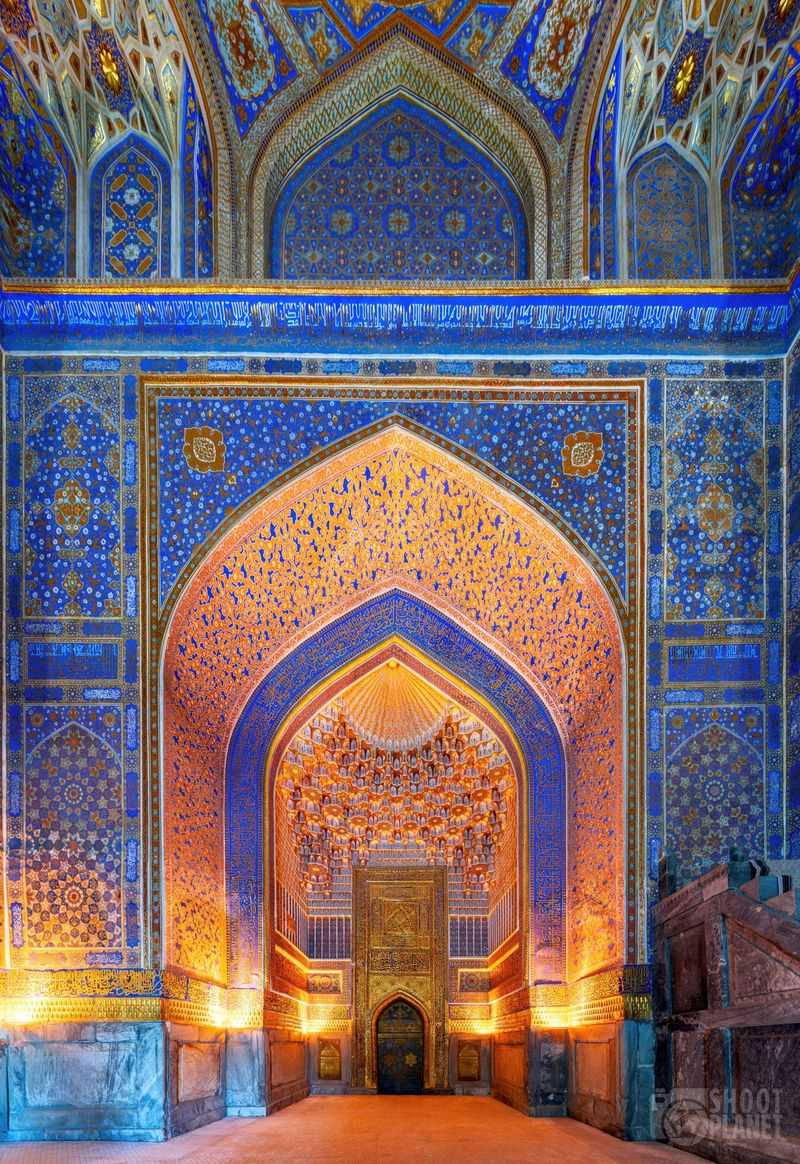
Turquoise domes gleam under desert sun in Tamerlane’s legendary capital, where the conqueror’s tomb lies beneath stars mapped in gold. This Silk Road metropolis showcases Islamic architecture that influenced building styles from India to Turkey during the height of Central Asian power.
Registan Square features three magnificent madrasas with intricate tilework and soaring portals. Shah-i-Zinda necropolis contains tombs of royalty and saints decorated with some of the world’s finest ceramic art.
Traditional bread baking continues in neighborhood ovens, and local workshops produce handmade paper using techniques learned from Chinese prisoners captured during medieval conquests that shaped this crossroads of world civilizations.

